- ホーム
- Microsoft
- MS-500-JPN - Microsoft 365 Security Administration (MS-500日本語版)
- Microsoft.MS-500-JPN.v2023-08-29.q124
- 質問91
有効的なMS-500-JPN問題集はJPNTest.com提供され、MS-500-JPN試験に合格することに役に立ちます!JPNTest.comは今最新MS-500-JPN試験問題集を提供します。JPNTest.com MS-500-JPN試験問題集はもう更新されました。ここでMS-500-JPN問題集のテストエンジンを手に入れます。
MS-500-JPN問題集最新版のアクセス
「329問、30% ディスカウント、特別な割引コード:JPNshiken」
仮想マシンがロードされるまでお待ちください。ロードしたら、ラボ セクションに進むことができます。これには数分かかる場合があり、待機時間は全体のテスト時間から差し引かれません。
[次へ] ボタンが使用可能になったら、それをクリックしてラボ セクションにアクセスします。このセクションでは、ライブ環境で一連のタスクを実行します。ほとんどの機能はライブ環境と同じように使用できますが、一部の機能 (コピーと貼り付け、外部 Web サイトへの移動機能など) は設計上使用できません。
採点は、ラボで説明されているタスクを実行した結果に基づいています。つまり、どのようにタスクを達成したかは関係ありません。成功した場合は、そのタスクの功績が認められます。
ラボの時間は個別に設定されていません。この試験では、複数のラボを完了する必要がある場合があります。各ラボを完了するのに必要なだけの時間を使用できます。ただし、指定された時間内にラボと試験の他のすべてのセクションを完了できるように、時間を適切に管理する必要があります。
ラボ内で [次へ] ボタンをクリックして作業を送信すると、ラボに戻ることはできませんのでご注意ください。
ユーザー名とパスワード

必要に応じて、次のログイン資格情報を使用します。
ユーザー名を入力するには、[サインイン] ボックスにカーソルを置き、下のユーザー名をクリックします。
パスワードを入力するには、[パスワードの入力] ボックスにカーソルを置き、下のパスワードをクリックします。
Microsoft 365 ユーザー名:
admin@[email protected]
Microsoft 365 パスワード: #HSP.ug?$p6un
Microsoft 365 ポータルがブラウザーに正常に読み込まれない場合は、Ctrl キーを押しながら K キーを押して、新しいブラウザー タブでポータルを再読み込みします。
次の情報は、テクニカル サポート専用です。
ラボ インスタンス: 11122308
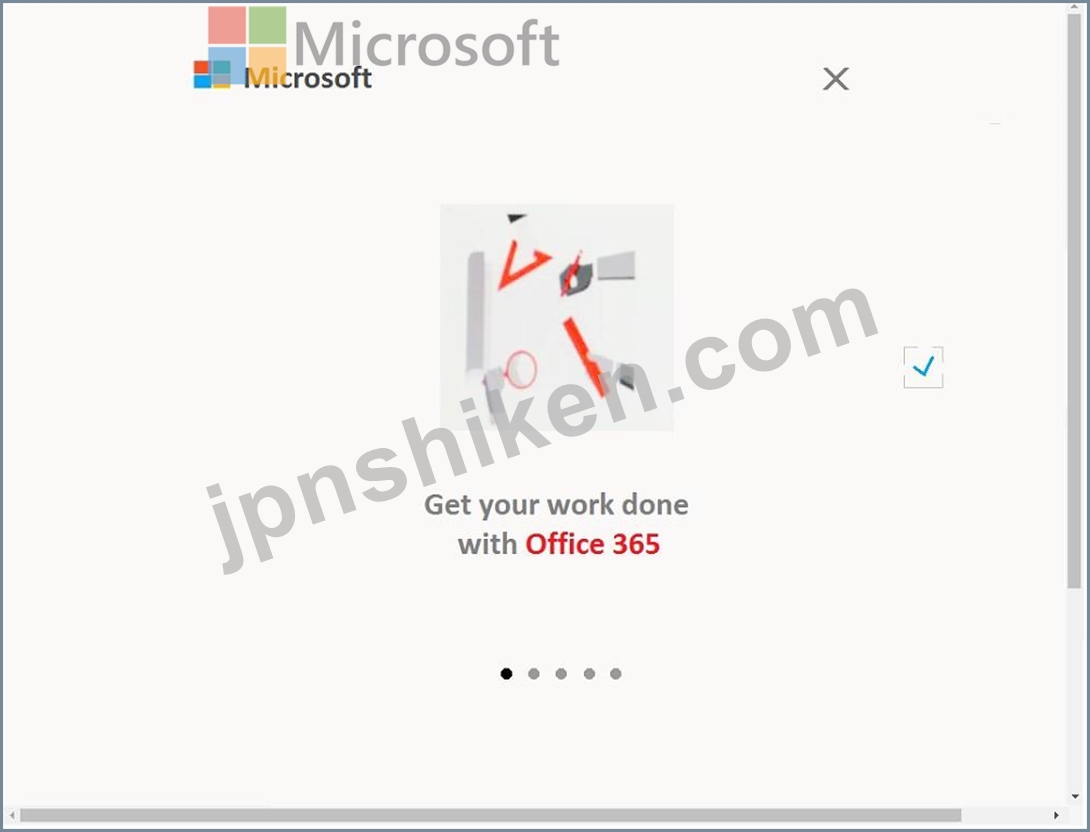
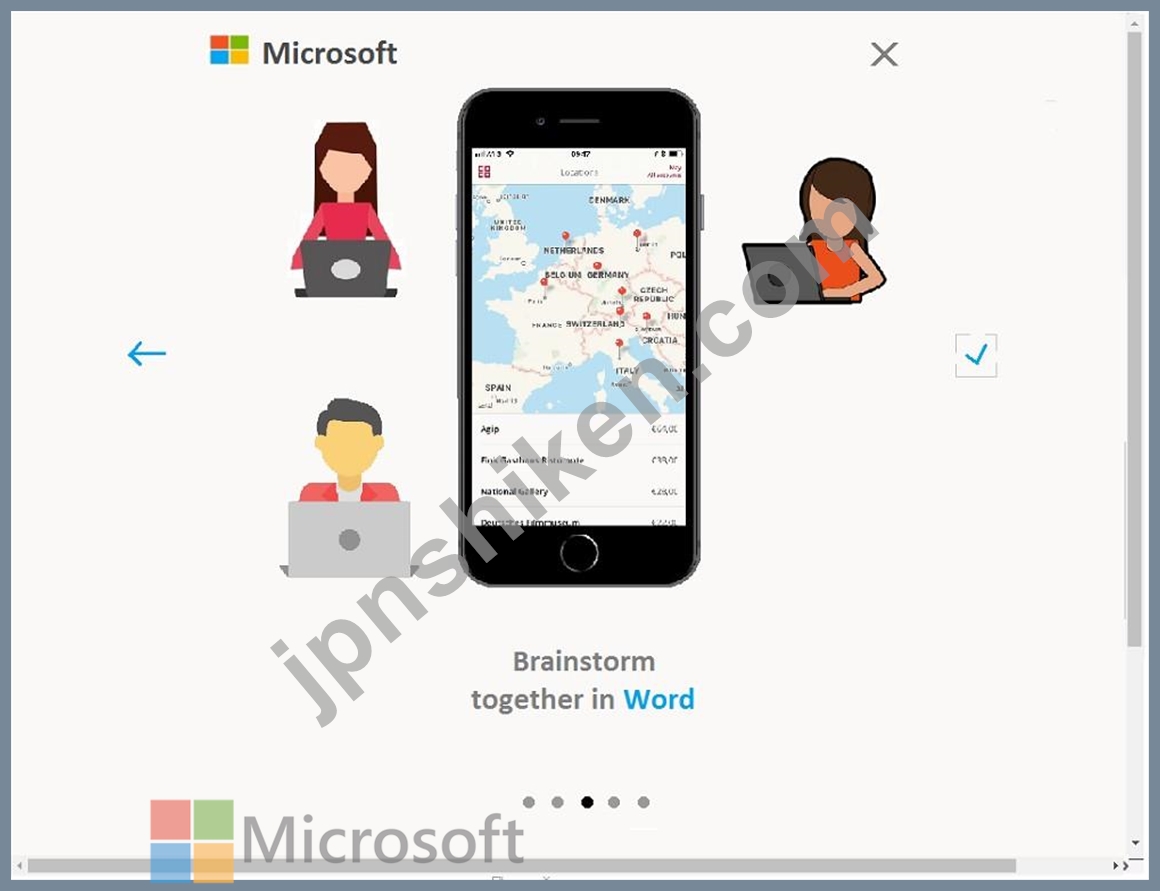
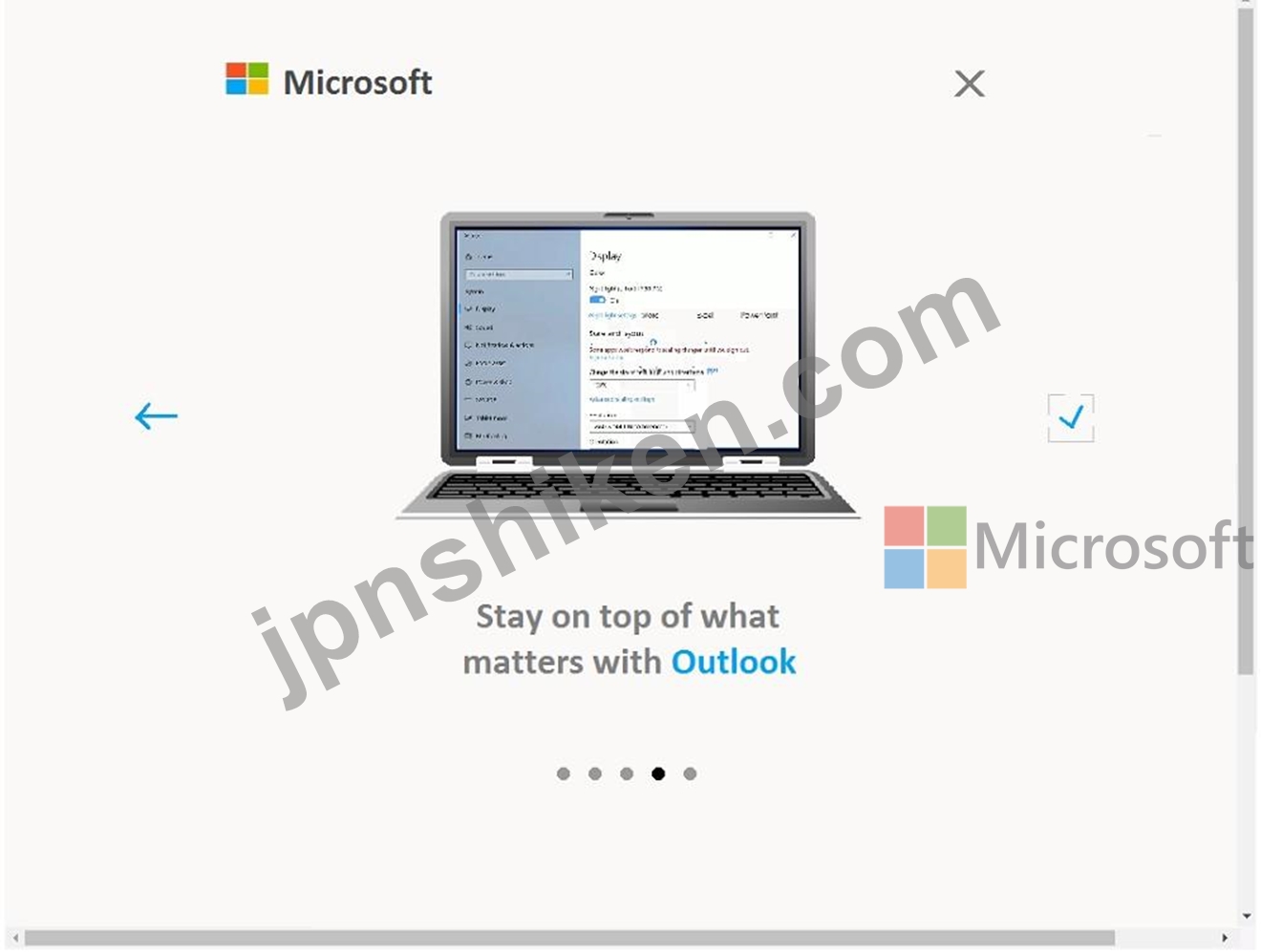
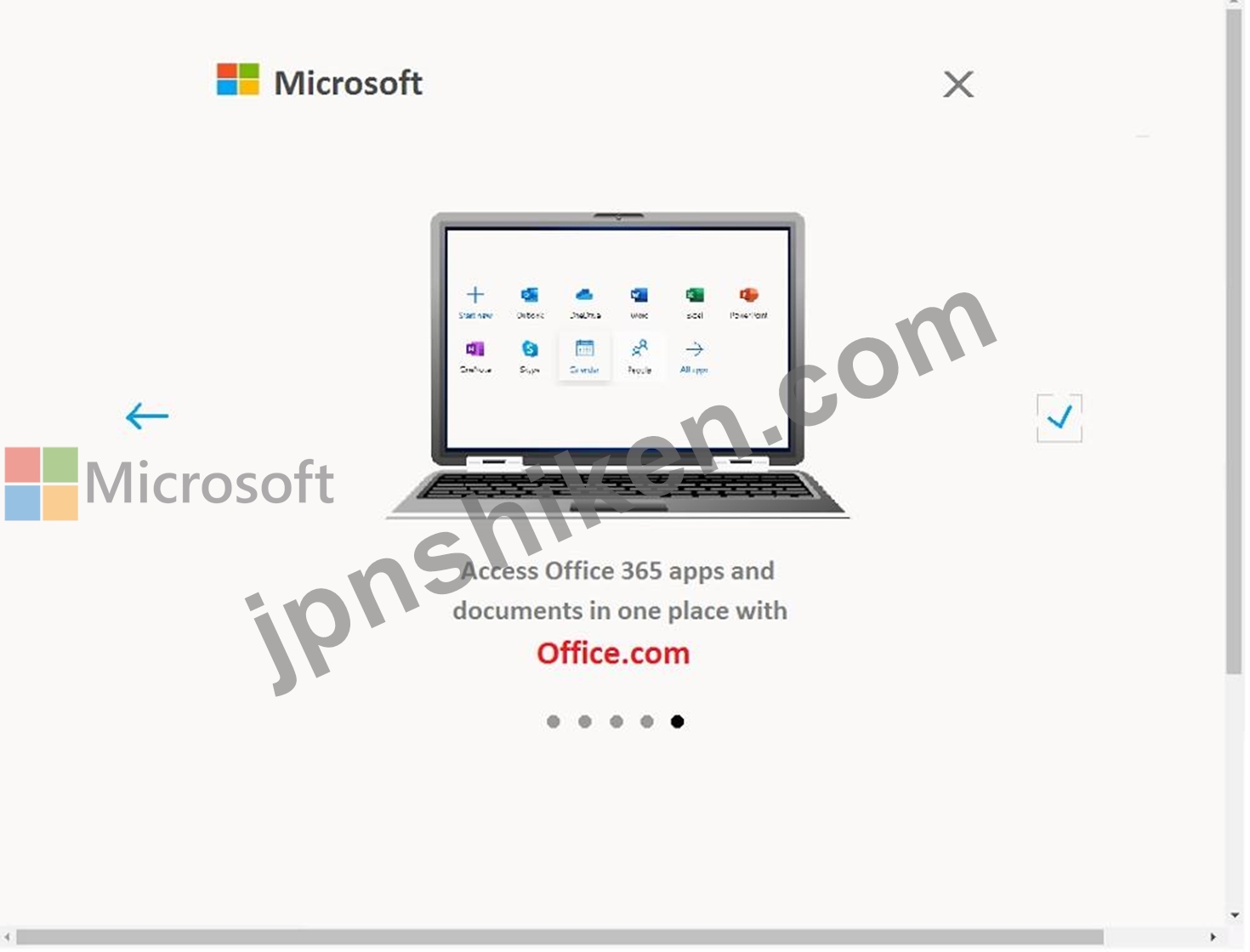

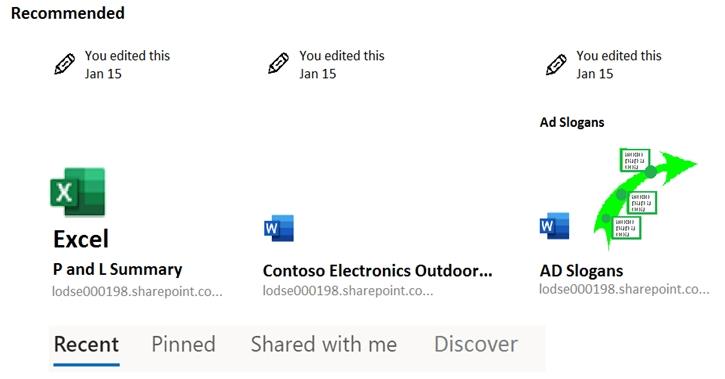
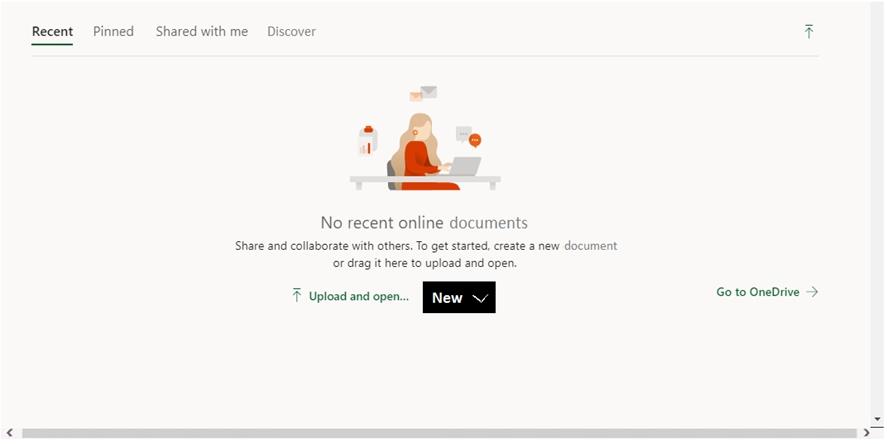
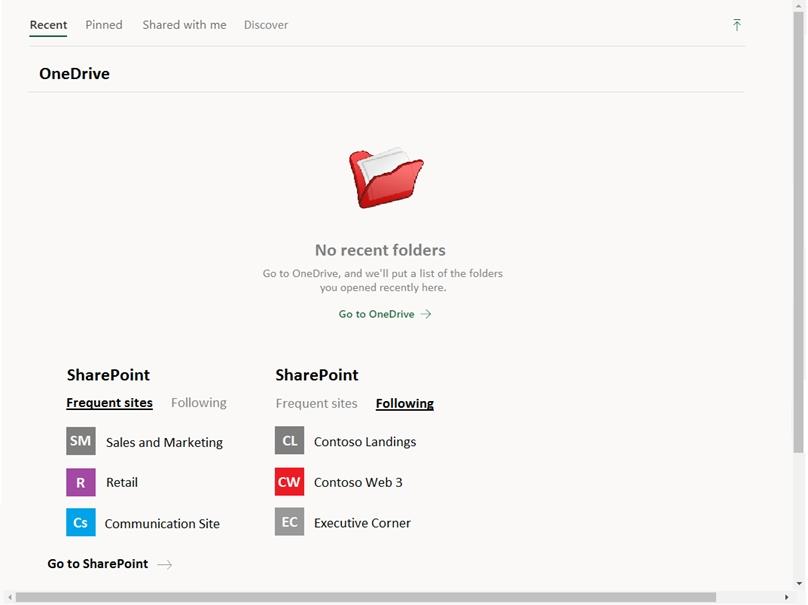
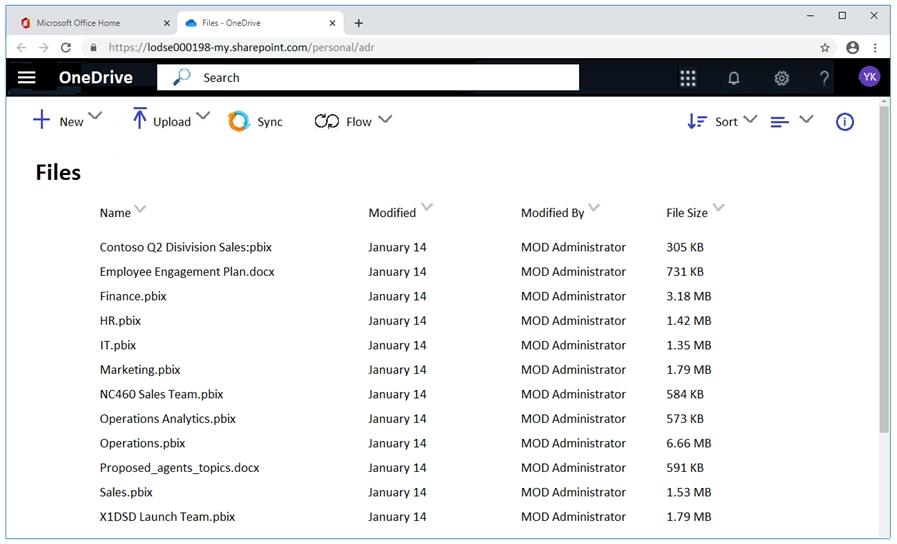
次の要件を満たすには、Azure Information Protection ラベルを作成する必要があります。
コンテンツは 21 日後に期限切れになる必要があります。
オフライン アクセスは 21 日間のみ許可する必要があります。
ドキュメントは、クラウド キーを使用して保護する必要があります。
認証されたユーザーは、コンテンツのみを表示できる必要があります。
このタスクを完了するには、Microsoft 365 管理センターにサインインします。
[次へ] ボタンが使用可能になったら、それをクリックしてラボ セクションにアクセスします。このセクションでは、ライブ環境で一連のタスクを実行します。ほとんどの機能はライブ環境と同じように使用できますが、一部の機能 (コピーと貼り付け、外部 Web サイトへの移動機能など) は設計上使用できません。
採点は、ラボで説明されているタスクを実行した結果に基づいています。つまり、どのようにタスクを達成したかは関係ありません。成功した場合は、そのタスクの功績が認められます。
ラボの時間は個別に設定されていません。この試験では、複数のラボを完了する必要がある場合があります。各ラボを完了するのに必要なだけの時間を使用できます。ただし、指定された時間内にラボと試験の他のすべてのセクションを完了できるように、時間を適切に管理する必要があります。
ラボ内で [次へ] ボタンをクリックして作業を送信すると、ラボに戻ることはできませんのでご注意ください。
ユーザー名とパスワード

必要に応じて、次のログイン資格情報を使用します。
ユーザー名を入力するには、[サインイン] ボックスにカーソルを置き、下のユーザー名をクリックします。
パスワードを入力するには、[パスワードの入力] ボックスにカーソルを置き、下のパスワードをクリックします。
Microsoft 365 ユーザー名:
admin@[email protected]
Microsoft 365 パスワード: #HSP.ug?$p6un
Microsoft 365 ポータルがブラウザーに正常に読み込まれない場合は、Ctrl キーを押しながら K キーを押して、新しいブラウザー タブでポータルを再読み込みします。
次の情報は、テクニカル サポート専用です。
ラボ インスタンス: 11122308









次の要件を満たすには、Azure Information Protection ラベルを作成する必要があります。
コンテンツは 21 日後に期限切れになる必要があります。
オフライン アクセスは 21 日間のみ許可する必要があります。
ドキュメントは、クラウド キーを使用して保護する必要があります。
認証されたユーザーは、コンテンツのみを表示できる必要があります。
このタスクを完了するには、Microsoft 365 管理センターにサインインします。
正解:
1. If you haven't already done so, open a new browser window and sign in to the Azure portal. Then navigate to the Azure Information Protection pane.
For example, in the search box for resources, services, and docs: Start typing Information and select Azure Information Protection.
2. From the Classifications > Labels menu option: On the Azure Information Protection - Labels pane, select the label you want to change.
On the Label pane, locate Set permissions for documents and emails containing this label, and select Protect.
3. Select Protection.
4. On the Protection pane, select Azure (cloud key).
5. Select Set permissions to define new protection settings in this portal.
6. If you selected Set permissions for Azure (cloud key), this option lets you select users and usage rights.
To specify the users that you want to be able to open protected documents and emails, select Add permissions. Then on the Add permissions pane, select the first set of users and groups who will have rights to use the content that will be protected by the selected label:
Choose Select from the list where you can then add all users from your organization by selecting Add <organization name> - All members. This setting excludes guest accounts. Or, you can select Add any authenticated users, or browse the directory.
When you choose all members or browse the directory, the users or groups must have an email address. In a production environment, users and groups nearly always have an email address, but in a simple testing environment, you might need to add email addresses to user accounts or groups.
Change the File Content Expiration setting to 21 days.
Change the Allow offline access setting to 21 days.
When you have finished configuring the permissions and settings, click OK.
This grouping of settings creates a custom template for the Azure Rights Management service. These templates can be used with applications and services that integrate with Azure Rights Management.
7. Click OK to close the Protection pane and see your choice of User defined or your chosen template display for the Protection option in the Label pane.
8. On the Label pane, click Save.
9. On the Azure Information Protection pane, use the PROTECTION column to confirm that your label now displays the protection setting that you want:
A check mark if you have configured protection.
An x mark to denote cancellation if you have configured a label to remove protection.
A blank field when protection is not set.
When you clicked Save, your changes are automatically available to users and services. There's no longer a separate publish option.
Reference:
https://docs.microsoft.com/en-us/azure/information-protection/configure-policy-protection
For example, in the search box for resources, services, and docs: Start typing Information and select Azure Information Protection.
2. From the Classifications > Labels menu option: On the Azure Information Protection - Labels pane, select the label you want to change.
On the Label pane, locate Set permissions for documents and emails containing this label, and select Protect.
3. Select Protection.
4. On the Protection pane, select Azure (cloud key).
5. Select Set permissions to define new protection settings in this portal.
6. If you selected Set permissions for Azure (cloud key), this option lets you select users and usage rights.
To specify the users that you want to be able to open protected documents and emails, select Add permissions. Then on the Add permissions pane, select the first set of users and groups who will have rights to use the content that will be protected by the selected label:
Choose Select from the list where you can then add all users from your organization by selecting Add <organization name> - All members. This setting excludes guest accounts. Or, you can select Add any authenticated users, or browse the directory.
When you choose all members or browse the directory, the users or groups must have an email address. In a production environment, users and groups nearly always have an email address, but in a simple testing environment, you might need to add email addresses to user accounts or groups.
Change the File Content Expiration setting to 21 days.
Change the Allow offline access setting to 21 days.
When you have finished configuring the permissions and settings, click OK.
This grouping of settings creates a custom template for the Azure Rights Management service. These templates can be used with applications and services that integrate with Azure Rights Management.
7. Click OK to close the Protection pane and see your choice of User defined or your chosen template display for the Protection option in the Label pane.
8. On the Label pane, click Save.
9. On the Azure Information Protection pane, use the PROTECTION column to confirm that your label now displays the protection setting that you want:
A check mark if you have configured protection.
An x mark to denote cancellation if you have configured a label to remove protection.
A blank field when protection is not set.
When you clicked Save, your changes are automatically available to users and services. There's no longer a separate publish option.
Reference:
https://docs.microsoft.com/en-us/azure/information-protection/configure-policy-protection
- 質問一覧「124問」
- 質問1 あなたの会社には Microsoft 365 サブスクリプションがあります...
- 質問2 ネットワークには、contoso.com という名前の Active Directory ...
- 質問3 仮想マシンがロードされるまでお待ちください。ロードしたら、ラ
- 質問4 Group1 という名前の Microsoft 365 グループを含む Microsoft 3...
- 質問5 Microsoft 365 サブスクリプションがあります。 昨日、保持ラベ...
- 質問6 1,000 のユーザー メールボックスを含む Microsoft 365 サブスク...
- 質問7 Microsoft ShareP0*int Online を使用する Microsoft 365 があり...
- 質問8 Microsoft 365 E5 サブスクリプションがあります。 Microsoft Az...
- 質問9 次の表に示すユーザーを含む Microsoft 365 E5 サブスクリプショ...
- 質問10 管理者がメール メッセージやドキュメントにフッターを追加する
- 質問11 あなたの会社は他の会社との合併を計画しています。 Debra Berge...
- 質問12 パススルー認証が有効になっているハイブリッド Azure Active Di...
- 質問13 複数の Windows 10 デバイスを含む Microsoft 365 サブスクリプ...
- 質問14 User1、User2、および User3 という名前の 3 人のユーザーを含む...
- 質問15 次の表に示すユーザーを含む Microsoft 365 E5 サブスクリプショ...
- 質問16 注: この質問は、同じシナリオを提示する一連の質問の一部です。...
- 質問17 次のものを含むオンプレミスの Hyper-V インフラストラクチャが...
- 質問18 次の表に示すユーザーを含む contoso.com という名前の Azure Ac...
- 質問19 contoso.com という名前の Azure Active Directory (Azure AD) ...
- 質問20 Microsoft エンドポイント マネージャーを使用する Microsoft 36...
- 質問21 注: この質問は、同じシナリオを提示する一連の質問の一部です。...
- 質問22 次の資料に示すように、Microsoft Azure Active Directory (Azur...
- 質問23 Group3 をどのように構成する必要がありますか? 回答するには、...
- 質問24 Group1 という名前のセキュリティ グループと、次の表に示すユー...
- 質問25 次の図に示すように、コンプライアンス マネージャーを表示しま
- 質問26 Microsoft 365 サブスクリプションがあります。 ある顧客が、そ...
- 質問27 次の表に示すユーザーを含む contoso.com という名前の Azure Ac...
- 質問28 注: この質問は、同じシナリオを提示する一連の質問の一部です。...
- 質問29 次の表に示すユーザーを含む Microsoft 365 E5 サブスクリプショ...
- 質問30 複数の Microsoft 365 サブスクリプションがあります。 各サブス...
- 質問31 セキュリティ要件を満たす電子メール マルウェア ソリューション...
- 質問32 Microsoft 365 E5 サブスクリプションがあります。 データ損失防...
- 質問33 Microsoft 365 サブスクリプションがあります。 すべてのユーザ...
- 質問34 Microsoft 365 サブスクリプションがあります。 すべてのコンピ...
- 質問35 Microsoft 365 E5 サブスクリプションがあります。 Microsoft Se...
- 質問36 あなたの会社には、User1 という名前のユーザーを含む Microsoft...
- 質問37 次の図に示すように、データ損失防止 (DLP) ポリシーを作成しま...
- 質問38 User1 と User2 という名前の 2 人のユーザーを含む Microsoft 3...
- 質問39 次の表に示すユーザーを含む contoso.com という名前の Azure Ac...
- 質問40 Azure Active Directory (Azure AD) で [セキュリティを有効にす...
- 質問41 1,000 台の Windows 10 デバイスを含む Microsoft 365 E5 サブス...
- 質問42 注: この質問は、同じシナリオを提示する一連の質問の一部です。...
- 質問43 仮想マシンがロードされるまでお待ちください。ロードしたら、ラ
- 質問44 User1 という名前のユーザーを含む Microsoft 365 の説明があり...
- 質問45 Microsoft Defender for Endpoint を使用し、Device1 という名前...
- 質問46 Site1 という名前の Microsoft SharePoint Online サイトと、次...
- 質問47 User1 という名前のユーザーを含む Azure Active Directory (Azu...
- 質問48 注: この質問は、同じシナリオを提示する一連の質問の一部です。...
- 質問49 あなたの会社では、Microsoft Azure Advanced Threat Protection...
- 質問50 Used という名前のユーザーを含む Microsoft 365 サブスクリプシ...
- 質問51 100 人のユーザーを含む Microsoft 365 E5 サブスクリプションが...
- 質問52 Microsoft 365 サブスクリプションがあります。 サブスクリプシ...
- 質問53 Microsoft 365 サブスクリプションと Microsoft Defender Advanc...
- 質問54 Microsoft 365 サブスクリプションがあります。 グローバル管理...
- 質問55 500 人のユーザーを含む新しい Microsoft 365 サブスクリプショ...
- 質問56 Microsoft 365 E5 サブスクリプションがあります。 Label 1 とい...
- 質問57 セキュリティ要件を満たすには、Windows Defender ATP を実装す...
- 質問58 ConfidentialHR.docx という名前のファイルを Microsoft SharePo...
- 質問59 Microsoft 365 テナントがあります。 Windows 10 を実行する 500...
- 質問60 Microsoft 365 サブスクリプションを持つ Azure Active Director...
- 質問61 メールデータを暗号化するラベルを作成します を。ユーザーは、O...
- 質問62 次の資料に示されているグループを含む Microsoft 365 サブスク...
- 質問63 contoso.com の既定のドメイン名を使用する Microsoft 365 サブ...
- 質問64 仮想マシンがロードされるまでお待ちください。ロードしたら、ラ
- 質問65 Microsoft 365 テナントがあります。 Azure Active Directory (A...
- 質問66 Azure Active Directory (Azure AD) コネクタと Microsoft Offic...
- 質問67 Admin1 と Admin2 のサインインを保護するためのソリューション...
- 質問68 User1 と User2 という名前の 2 人のユーザーを含む Azure Activ...
- 質問69 User1 という名前のユーザーと、次の表に示すグループを含む Mic...
- 質問70 50 台のデバイスを含む Microsoft 365 サブスクリプションがあり...
- 質問71 100 人のユーザーを含む Microsoft 365 サブスクリプションがあ...
- 質問72 次の表に示すファイルを含む Site1 という名前の Microsoft Shar...
- 質問73 User6 は、技術要件を満たすために何を使用する必要がありますか...
- 質問74 次の表のグループを含む Microsoft 365 E5 サブスクリプションが...
- 質問75 注: この質問は、同じシナリオを提示する一連の質問の一部です。...
- 質問76 注: この質問は、同じシナリオを提示する一連の質問の一部です。...
- 質問77 次の表に示すユーザーを含む Microsoft 365 サブスクリプション...
- 質問78 ドキュメントを Microsoft OneDrive に 2 年間保持するラベルを...
- 質問79 Microsoft 365 サブスクリプションの複数のユーザーが、添付ファ...
- 質問80 Microsoft 365 サブスクリプションがあります。 Site1 という名...
- 質問81 Microsoft 365 Enterprise E5 サブスクリプションを持っています...
- 質問82 次の図に示すように、管理者は Azure AD Privileged Identity Ma...
- 質問83 仮想マシンがロードされるまでお待ちください。ロードしたら、ラ
- 質問84 Microsoft 365 サブスクリプションがあります。 Microsoft 365 ...
- 質問85 contoso.com という名前の Azure Active Directory (Azure AD) ...
- 質問86 Microsoft Azure サブスクリプションのない Microsoft 365 E5 サ...
- 質問87 Microsoft 365 サブスクリプションがあります。 アイテム保持ポ...
- 質問88 出品物参照。 (Exhibit) Microsoft Defender for Endpoint には...
- 質問89 Group1 と Group2 という名前の 2 つのグループと、次の表に示す...
- 質問90 Azure AD Connect をどのように構成する必要がありますか? 回答...
- 質問91 仮想マシンがロードされるまでお待ちください。ロードしたら、ラ
- 質問92 Office 365 コネクタを備えた Azure Sentinel ワークスペースが...
- 質問93 Insider リスク管理を使用し、次の表に示すユーザーを含む Micro...
- 質問94 Microsoft 365 サブスクリプションがあります。 サイトに保存さ...
- 質問95 contoso.com という名前の Microsoft Azure Active Directory (A...
- 質問96 すべてのフィッシング メール メッセージを自動的に検疫するよう...
- 質問97 Microsoft 365 E5 サブスクリプションを持っている Exchange 管...
- 質問98 注: この質問は、同じシナリオを提示する一連の質問の一部です。...
- 質問99 litwareinc.com の既定のドメイン名を使用する Microsoft 365 サ...
- 質問100 あなたの会社には、Microsoft 36S E5 サブスクリプションと、con...
- 質問101 Microsoft 365 E3 サブスクリプションがあります。 Microsoft Ex...
- 質問102 Microsoft 365 サブスクリプションがあります。 セキュリティ マ...
- 質問103 Microsoft 365 サブスクリプションがあります。 次の図に示すよ...
- 質問104 Microsoft 365 テナントがあります。 ポリシー資料に示されてい...
- 質問105 あなたの会社には Microsoft 365 サブスクリプションがあります...
- 質問106 仮想マシンがロードされるまでお待ちください。ロードしたら、ラ
- 質問107 Microsoft 365 サブスクリプションがあります。 データ損失防止 ...
- 質問108 あなたの会社には、次の表に示すユーザーを含む Microsoft 365 ...
- 質問109 仮想マシンがロードされるまでお待ちください。ロードしたら、ラ
- 質問110 次の表に示すユーザーを含む Microsoft 365 のハイブリッド展開...
- 質問111 パートナーとデータを共有するための技術的およびセキュリティ要
- 質問112 注: この質問は、同じシナリオを提示する一連の質問の一部です。...
- 質問113 注: この質問は、同じシナリオを提示する一連の質問の一部です。...
- 質問114 次の表に示すユーザーを含む contoso.com という名前の Azure Ac...
- 質問115 次の表に示すユーザーを含む contoso.com という名前の Azure Ac...
- 質問116 Microsoft 365 サブスクリプションがあります。 管理者が eDisco...
- 質問117 User1 と User2 という名前の 2 人のユーザーを含む Microsoft 3...
- 質問118 Microsoft 365 E5 サブスクリプションがあります。 ユーザーとデ...
- 質問119 Microsoft 365 サブスクリプションがあります。ユーザーが Micro...
- 質問120 注: この質問は、同じシナリオを提示する一連の質問の一部です。...
- 質問121 Grady Archie という名前のユーザーが、Microsoft 365 テナント...
- 質問122 次の表に示すユーザーを含む Microsoft 365 E5 サブスクリプショ...
- 質問123 カスタム ネットワーク インジケーターがオンになっている Micro...
- 質問124 Microsoft Defender for Identity を使用する Microsoft 365 E5 ...

[×]
Download PDF File
Enter your email address to download Microsoft.MS-500-JPN.v2023-08-29.q124.pdf
